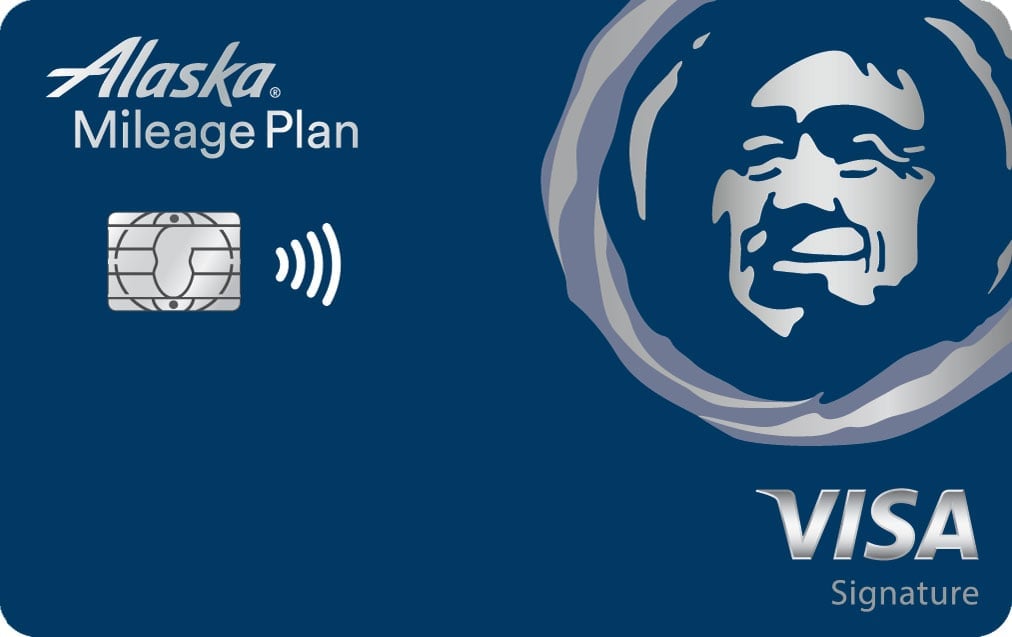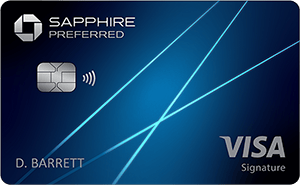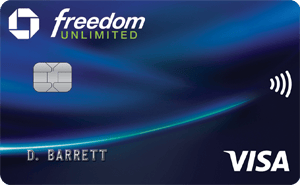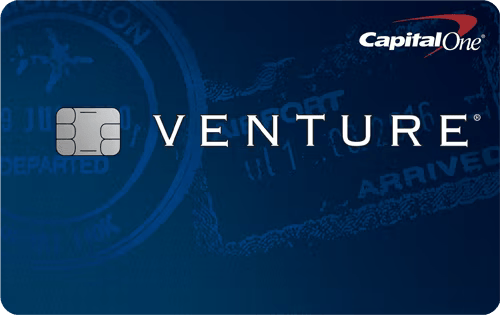Alaska Airlines vs. Delta Air Lines: Which Is Right for You?
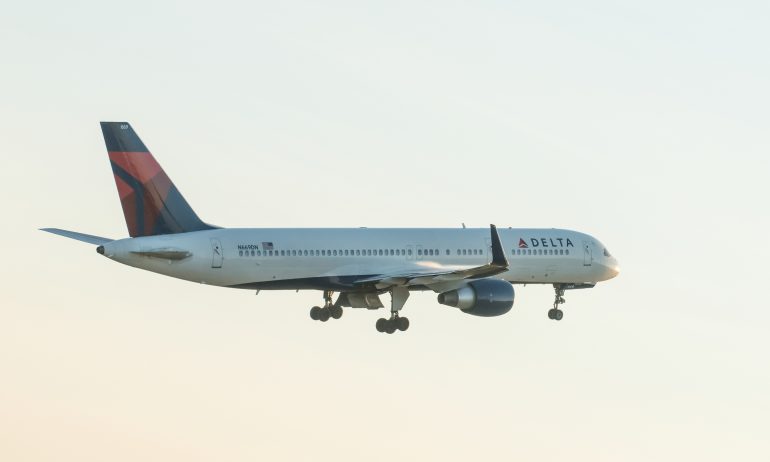
Many or all of the products featured here are from our partners who compensate us. This influences which products we write about and where and how the product appears on a page. However, this does not influence our evaluations. Our opinions are our own. Here is a list of our partners and here's how we make money.
Alaska Airlines and Delta Air Lines are U.S.-based airlines with plenty of perks. One is a member of airline alliance Oneworld, while the other maintains its partnership with SkyTeam.
If you’re trying to figure out whether you should fly with Alaska Airlines vs. Delta, let us help you. In this guide, we’ll break down where they fly, their loyalty programs, the in-flight experience and more.
» Learn more: The year's best airlines
Where they’re based and where they fly
Winner for most options: Delta
Alaska
Although it’s a smaller airline than Delta, Alaska has been steadily growing in recent years. To date, it flies to more than 120 destinations in seven countries. It’s headquartered in Seattle, but you’ll also find plenty of flights from its hubs in Los Angeles; San Francisco; Anchorage, Alaska; and Portland, Oregon.
Alaska's international destinations:
Bahamas.
Belize.
Canada.
Costa Rica.
Guatemala.
Mexico.
Delta
Delta is a much larger airline with broad international reach, including 4,000 daily flights to more than 280 destinations.
Delta U.S. hubs:
Atlanta.
Boston.
Detroit.
Los Angeles.
Minneapolis-St. Paul.
New York.
Salt Lake City.
Seattle.
» Learn more: The complete guide to Delta partner airlines
Airline rewards programs
Winner for elite status and rewards: Alaska
Alaska Mileage Plan
Alaska undoubtedly has one of the best remaining loyalty programs in the United States. The airline has seen some devaluations over the years, but overall it maintains its status as heavily lucrative and generous to its members.
Alaska maintains a semi-dynamic award chart, which means you’ll pay a fixed price for award flights even when the cost is high. This is great for travelers as it allows them to get more value from their miles. Because of this and among other reasons, NerdWallet values Alaska miles at 1.4 cents each.
Alaska’s Mileage Plan loyalty program is also generous, with great mileage earnings and other benefits for its members. In fact, a recent NerdWallet analysis ranked Alaska’s elite status top among nine U.S. airlines.
» Learn more: The beginner’s guide to airline elite status
Delta SkyMiles
While there are still Delta SkyMiles loyalists, the airline has done its best to chip away at its program. This includes sweeping changes that were so harsh the airline had to walk some of them back.
Not only have elite status benefits been gutted, redeeming SkyMiles for a good value has become increasingly difficult. Among other reasons, this is why NerdWallet values SkyMiles at 1.2 cents each and ranks Delta sixth out of nine airlines for its overall elite status program.
In-flight experience
Winner of the sky: Delta
Alaska
Alaska operates fewer flights than Delta and a much smaller route network, especially when it comes to long-haul flights. Because of this, it only operates cabins in economy, economy plus and first class. The first class seats that you’ll find will recline but don’t turn into beds; they resemble large recliners more than anything else.
Those in first class are entitled to complimentary meals and alcoholic beverages, and those who are flying in economy plus also receive free alcohol. Anyone seated in economy will get nonalcoholic drinks and snacks.
» Learn more: The best airline for in-flight entertainment
Delta
Delta maintains several cabin classes, including economy, economy plus, premium economy, business and first class. The type of seat you’ll get will depend on where you’re flying.
Premium economy is akin to domestic first class as you’ll find on both Delta and Alaska, with large reclining seats. Those in Delta One, the airline’s premium business class product, will enjoy a lie-flat seat, high-end meals and complimentary alcohol.
Those traveling in economy will receive free snacks and nonalcoholic beverages, though on long-haul flights meals and alcohol are included.
» Learn more: Guide to Delta One and Delta first class
Airline credit cards
Winner for its variety of credit cards: Delta
Alaska
Wondering about Alaska’s credit card vs. Delta’s offerings? Alaska has just one co-branded credit card, the Alaska Airlines Visa Signature® credit card. It’s issued by Bank of America® and delivers surprising value for its$95 annual fee. This includes a free checked bag, priority boarding and an annual companion certificate.
Delta
Delta also offers co-branded cards issued by American Express, with a variety of annual fees. Their benefits include free checked bags, companion certificates, airport lounge access and priority boarding. Terms apply.
Cards such as The Platinum Card® from American Express and The Business Platinum Card® from American Express provide Delta Sky Club access to cardholders. Terms apply.
The most expensive card, the Delta SkyMiles® Reserve American Express Card, is $650 per year. Still, Delta’s range of options will appeal to a broader audience, making this a win for the airline. Terms apply.
» Learn more: The best airline credit cards right now
Other factors to consider
NerdWallet's best airline analysis this year compared Alaska, Delta and other airlines across multiple factors; here's how these two airlines compare across subcategories.
Alaska placed first in rewards rates whereas Delta placed sixth.
Third when looking closer at the best basic economy tickets. Delta placed last.
Both performed well in terms of operations, but Delta takes the edge.
First in elite status benefits compared to Delta's fourth place finish.
Alaska has lower total fees than Delta.
Delta kicked Alaska's butt in terms of in-flight experience.
Alaska won first place in most pet-friendly airlines and Delta, while coming in third, scored nearly half as well as Alaska.
Delta vs. Alaska: The results
In total, Alaska is the winner in a face off against Delta.
Delta has better in-flight entertainment, more reliable operations, wider credit card options and flights to more destinations compared to Alaska.
However, Alaska outcompetes Delta in terms of its rewards rate, its basic economy ticket, the value of its elite status program, lower fees and better pet policies.
In the end, you will get where you're going on either airline. Choose the option that serves your preferred airport or flies to your ideal destinations.
How to maximize your rewards
You want a travel credit card that prioritizes what’s important to you. Here are our picks for the best travel credit cards of 2024, including those best for:
Flexibility, point transfers and a large bonus: Chase Sapphire Preferred® Card
No annual fee: Bank of America® Travel Rewards credit card
Flat-rate travel rewards: Capital One Venture Rewards Credit Card
Bonus travel rewards and high-end perks: Chase Sapphire Reserve®
Luxury perks: The Platinum Card® from American Express
Business travelers: Ink Business Preferred® Credit Card
on Chase's website
1x-5x
Points60,000
Pointson Chase's website
1.5%-6.5%
Cashback$300
2x-5x
Miles75,000
Miles


